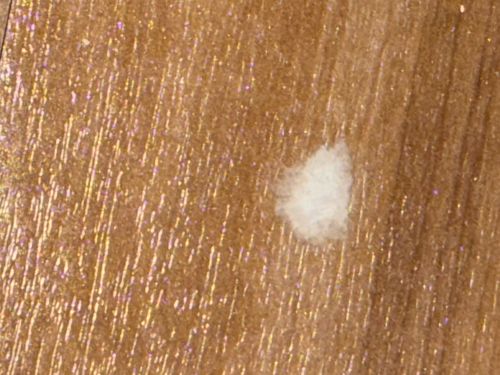Mealybug
Scientific Name: Various species within the Pseudococcidae family (e.g., Planococcus citri - Citrus Mealybug, Pseudococcus longispinus - Long-tailed Mealybug)
Order & Family: Order: Hemiptera, Family: Pseudococcidae
Size: (Females) 1-4 mm in length

Natural Habitat
Mealybugs are found in various environments, especially in warm, humid climates. They are common pests in greenhouses, conservatories, and indoor plants. Outdoors, they can be found on a wide range of plants in gardens, agricultural fields, and natural ecosystems.
Diet & Feeding
Mealybugs are sap-feeders, meaning they feed on the phloem sap of plants. They can infest a wide variety of plants, including ornamental plants, fruit trees, and food crops.
Behavior Patterns
Mealybugs are typically slow-moving or sessile, especially the females. They often congregate in sheltered areas on plants, such as leaf axils or undersides of leaves, and feed by inserting their stylet into the plant tissue. They secrete honeydew as a byproduct of feeding, which can lead to the growth of sooty mold. Males are winged and short-lived, primarily for reproduction.
Risks & Benefits
Mealybugs are considered significant agricultural and horticultural pests. They can cause direct damage to plants by feeding, leading to stunted growth, leaf yellowing, wilting, and even plant death in severe infestations. The honeydew they excrete encourages the growth of black sooty mold, which impairs photosynthesis and reduces aesthetic value. While they are primarily pests, some species are used in biological control programs to manage invasive weeds.
Identified on: 8/19/2025